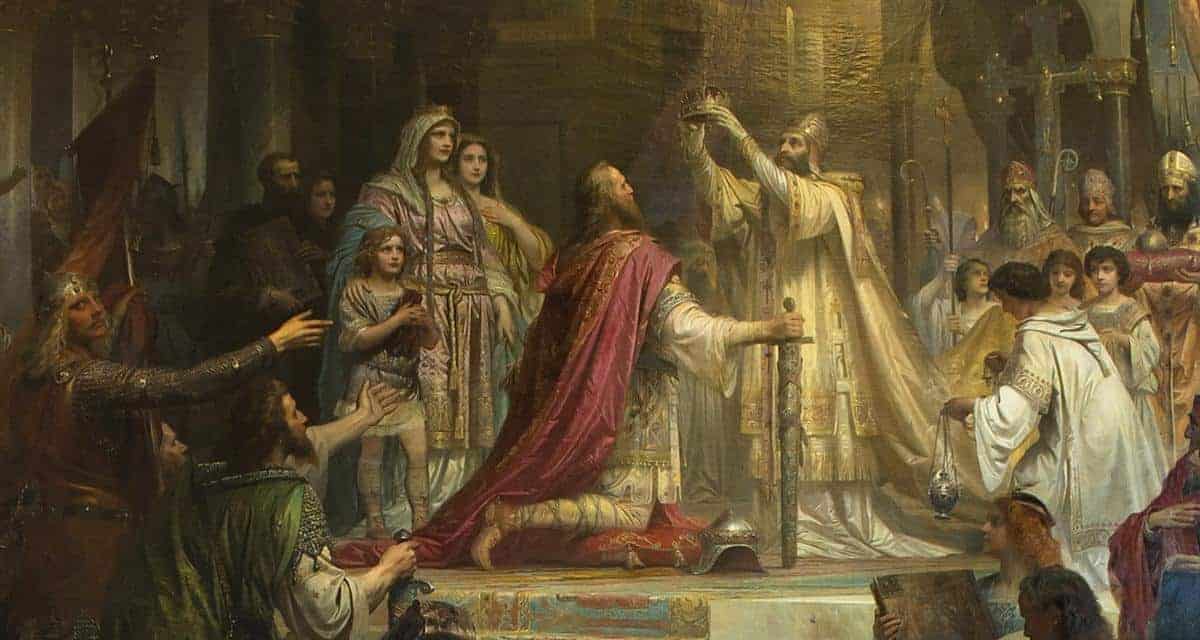
6 – The Battle of Mohacs (1526)
The Battle of Mohacs was one of the most pivotal conflicts in the history of Central Europe. It involved the Kingdom of Hungary, with the aid of allies such as the Holy Roman Empire, against the Ottoman Empire led by Suleiman the Magnificent. While the Turks had a capable commander, the Hungarians and their allies did not. King Louis II was a weak leader, and his disastrous battlefield tactics led to a massacre and the end of the Kingdom of Hungary.
In 1522, Louis married Mary of Habsburg, and the Ottomans were concerned about the Hungarian’s alliance with the Holy Roman Empire. The previous year, the Turks had taken modern-day Belgrade and Szabacs which greatly weakened the defense of the south of Hungary. After failing to raise an army to take back Belgrade, it was clear that Louis was not up to the job of repelling the Ottomans. Matters were made worse when King Francis I of France allied with the Ottomans after losing to the Habsburgs at the Battle of Pavia in 1525.
Louis’ inaction enabled the Turks to take Petervarad. It was an easy win for the Turks since the Hungarians had a huge lack of castle garrisons. Indeed, there wasn’t a single Hungarian town, fort or even a village for 400 kilometers along the Danube from Petervarad to Buda. Eventually, the Hungarian nobles provided the king with troops and ultimately split into three groups. Rather than wait for the Transylvanian and Croatian troops to arrive, the Hungarian war council elected to meet the Turks on a marshy battlefield near Mohacs.
The Hungarians had perhaps 25,000-30,000 men against the Ottoman force which numbered at least 50,000 although modern estimates put the figure closer to 100,000. The Hungarians could have attacked the tired Turks who had just embarked on a march of several hundred kilometers in the searing heat. Instead, they waited for the Ottomans to march through the swampy terrain because attacking them too early wasn’t chivalrous.
It was a dumb move as the Hungarians were utterly routed. They lost at least 14,000 men including Louis II (and over 1,000 nobles) and Suleiman supposedly waited for a few days because he couldn’t believe the pathetic resistance he met was all the once mighty Hungarians could muster. The Ottomans didn’t take Buda until 1541, but Hungary had ceased to be an independent kingdom after the defeat at Mohacs. While the Ottomans held central Hungary, the Habsburgs were in charge of the northern and western parts of Hungary.

